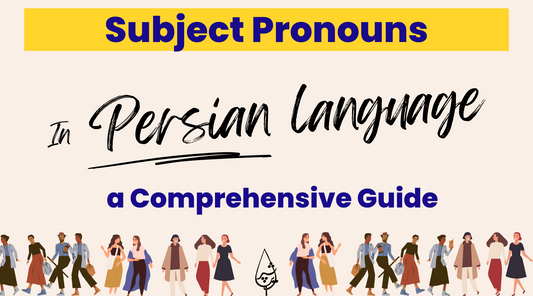In Persian, one of the most common ways to say "I love you" is "Dooset Dāram" (دوستت دارم). The "ā" is pronounced like the "a" in car. In spoken language, it often becomes "Dooset Dāram", where the first "t" in "dooset" is dropped, making it flow more naturally.
Formation:
- Doost (دوست): This word means “friend” but also represents a deep connection of love. In Persian culture, friendship is seen as the foundation of love, showing that when you love someone, they are not just your partner, but also your friend.
- Dār: The present stem of the verb "to have" (داشتن /dāshtan/), with "dāshtan" being the infinitive meaning "to have" or "to hold." The phrase doost dāshtan (دوست داشتن) is a compound verb made up of doost (friend) + dāshtan (to have), and it means "to love." Dāram (دارم) is the conjugated form of "to have" for the first-person singular ("I"), so it means "I have."
- Et: Represents "your," connecting the person you're speaking to with the verb.
Literally, "Dooset Dāram" translates to "I have your friendship," but in context, it means "I love you." This idea of love through friendship makes Persian expressions of affection feel deeply meaningful.
Personal Note:
Personally, I find "Dooset Dāram" more romantic than "Asheghetam" (عاشقتم). "Dooset Dāram" conveys a feeling that I choose to love you, practicing and taking responsibility for being your friend no matter what. It's a deliberate, thoughtful love. On the other hand, "Asheghetam" (meaning "I am in love with you") feels like an involuntary, captivated state. It’s passionate but doesn't quite capture the same depth of commitment that "Dooset Dāram" does, in my opinion.☺
Alternative Expressions:
- Eshgham, Dooset Dāram (عشقَم، دوستت دارم) – My love, I love you.
- Azizam, Dooset Dāram (عزیزم، دوستت دارم) – My dear, I love you.
- Asheghetam (عاشقتم) – I am in love with you.
In poetic Persian texts, "Doost" (friend) can refer to God, a lover, or anything cherished and adored, much like "Jan". So while these phrases might seem simple, they carry a lot of emotional weight depending on the context.
Follow My YouTube for #PersianEveryday!
I upload daily videos on YouTube to help you learn Persian, and each video will be shared on my Instagram a week later. This means you can catch the content twice on different days. If you'd like to receive a Monthly wrap-up along with some cultural insights, don’t forget to sign up for my email newsletter!




